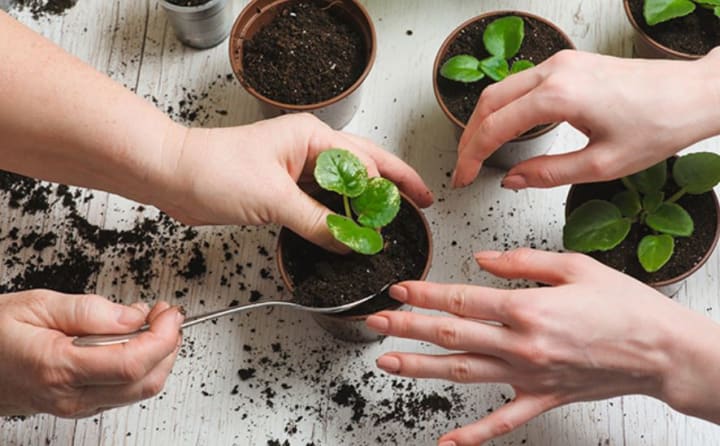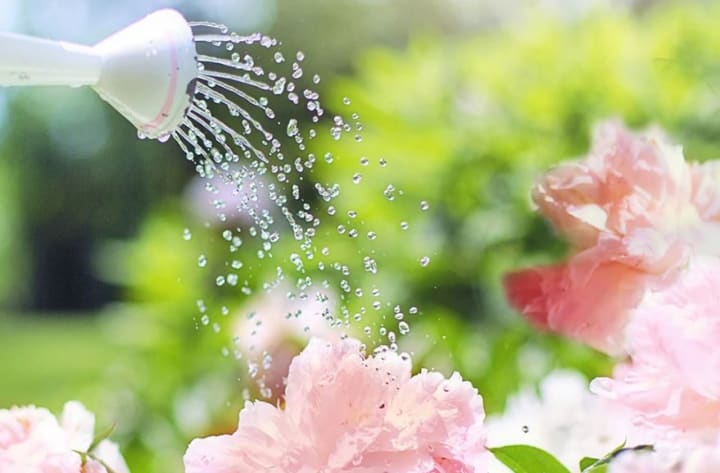How to Make a Flower Garden At Home
Flower gardening is great fun, but if you’re not careful, you can end up with a lot of dead flowers (like I did!
I’m Bernard Michael Rochford, and in this blog (if you can call it that) I’ll just be listing out some notes I’ve taken over the past few months of flower gardening.
Choosing the Right Flowers
The first step in flower gardening is selecting the right flowers for your garden. Consider your local climate, soil type, and the amount of sunlight your garden receives. Here are some beginner-friendly flowers that thrive in various conditions:
- Sunflowers: Easy to grow and visually striking, they are perfect for sunny spots.
- Marigolds: Hardy and pest-resistant, they add vibrant color and repel insects.
- Zinnias: Low maintenance and bloom all summer, ideal for brightening up any garden.
- Cosmos: Tolerant of poor soil and drought, they are great for adding a wildflower feel.
- Pansies: Suitable for cooler climates and available in a variety of colors.
Preparing Your Garden
Choosing the Site:
Pick a location that receives at least 6-8 hours of sunlight daily. Most flowers thrive in sunny conditions, although some, like impatiens and begonias, prefer partial shade.
Soil Preparation:
Flowers generally prefer well-draining soil. Test your soil’s pH level; most flowers grow best in slightly acidic to neutral soil (pH 6.0-7.0). Amend your soil with compost or organic matter to improve its texture and fertility.
Designing Your Garden:
Plan your garden layout. Consider the height, color, and blooming season of each flower. Grouping flowers with similar needs together will make maintenance easier and ensure they thrive.

Planting Your Seeds
Timing:
Check the seed packet for the best planting time. Many flowers are best planted in the spring after the last frost, while some, like pansies, can be planted in the fall.
Sowing Seeds:
Follow the instructions on the seed packet for depth and spacing. Generally, small seeds should be sown on the soil surface and lightly covered, while larger seeds can be planted deeper. Keep the soil moist but not waterlogged.
Transplanting Seedlings:
If starting seeds indoors, wait until the seedlings have at least two sets of true leaves before transplanting them outside. Gradually acclimate them to outdoor conditions by placing them outside for a few hours each day over a week.

Caring for Your Flower Garden
Watering:
Consistent watering is crucial, especially in the early stages. Water your garden deeply once or twice a week rather than frequent shallow watering. Early morning is the best time to water to minimize evaporation and fungal growth.
Mulching:
Mulch helps retain soil moisture, suppress weeds, and regulate soil temperature. Apply a 2-3 inch layer of organic mulch like straw, wood chips, or compost around your plants, being careful not to cover the stems.
Fertilizing:
Use a balanced, slow-release fertilizer to provide essential nutrients. Over-fertilizing can lead to lush foliage but fewer flowers, so follow the instructions on the fertilizer package.
Pruning and Deadheading:
Regularly remove dead or faded flowers (deadheading) to encourage more blooms. Prune back overgrown or leggy plants to maintain their shape and health.
Dealing with Pests and Diseases
Prevention:
Healthy plants are less susceptible to pests and diseases. Ensure good air circulation, avoid overhead watering, and keep the garden clean of debris.
Natural Remedies:
Use organic methods like neem oil, insecticidal soap, or companion planting to manage pests. For example, planting marigolds can deter aphids and other harmful insects.
Identification and Treatment:
Regularly inspect your plants for signs of pests or disease. Early detection is key to effective treatment. Remove and dispose of affected parts to prevent the spread of disease.
Enjoying Your Flower Garden
Flower gardening is not just about the destination but also the journey. Take time to enjoy the process, from planting seeds to watching them grow and bloom. Your efforts will be rewarded with a beautiful, vibrant garden that brings joy and satisfaction.
In conclusion, starting a flower garden requires some planning and care, but the results are well worth it. By choosing the right flowers, preparing your garden properly, and providing consistent care, you can create a stunning display that will bloom beautifully. Happy gardening!
About the Creator
Bernard Michael Rochford
I am Bernard Michael Rochford, a sports enthusiast passionate about AFL, supporting Carlton and Brisbane Lions. I enjoy gardening, barbecuing, bushwalking, and bird watching. I advocate for regenerative farming and sustainability.
Enjoyed the story? Support the Creator.
Subscribe for free to receive all their stories in your feed. You could also pledge your support or give them a one-off tip, letting them know you appreciate their work.







Comments (1)
It was brilliant work from you😍. Very lovely!!! I subscribed you to read your future works and if you wish you can subscribe me as well🥰🥰.